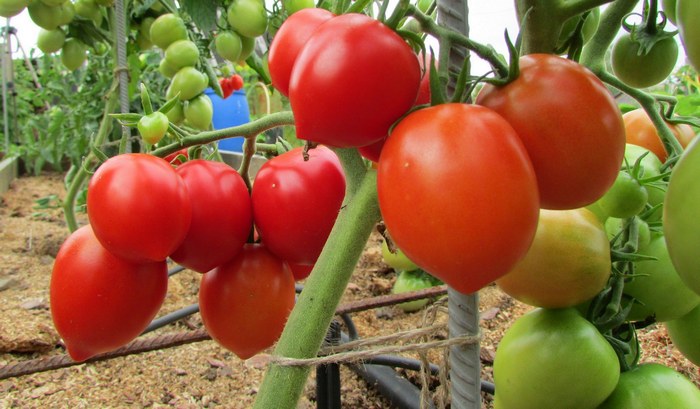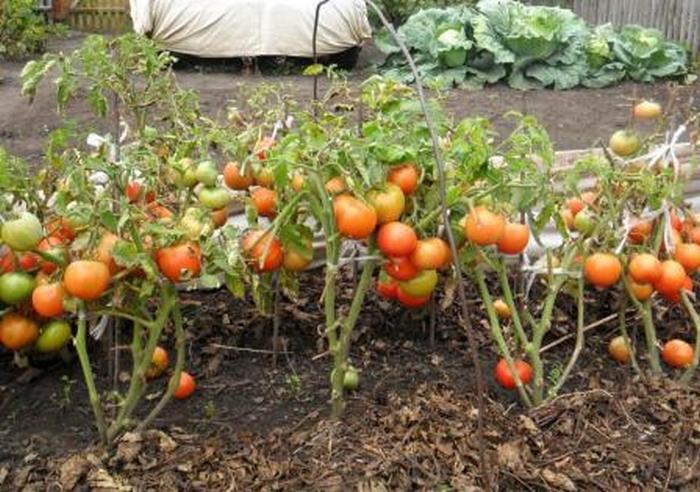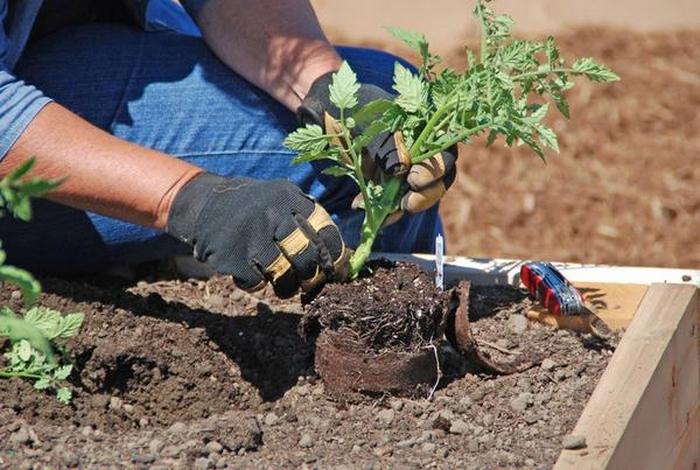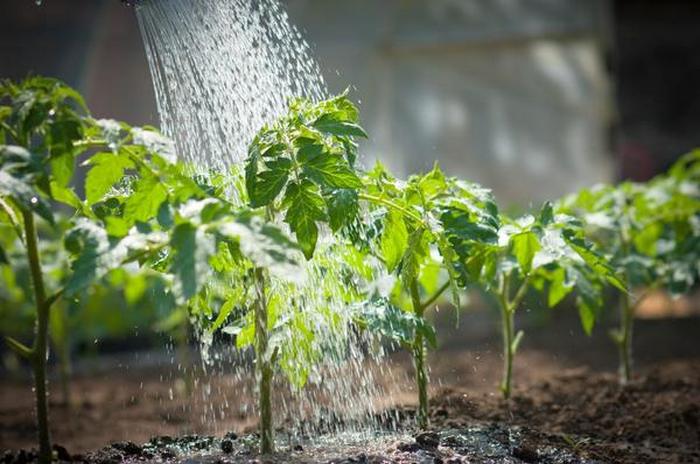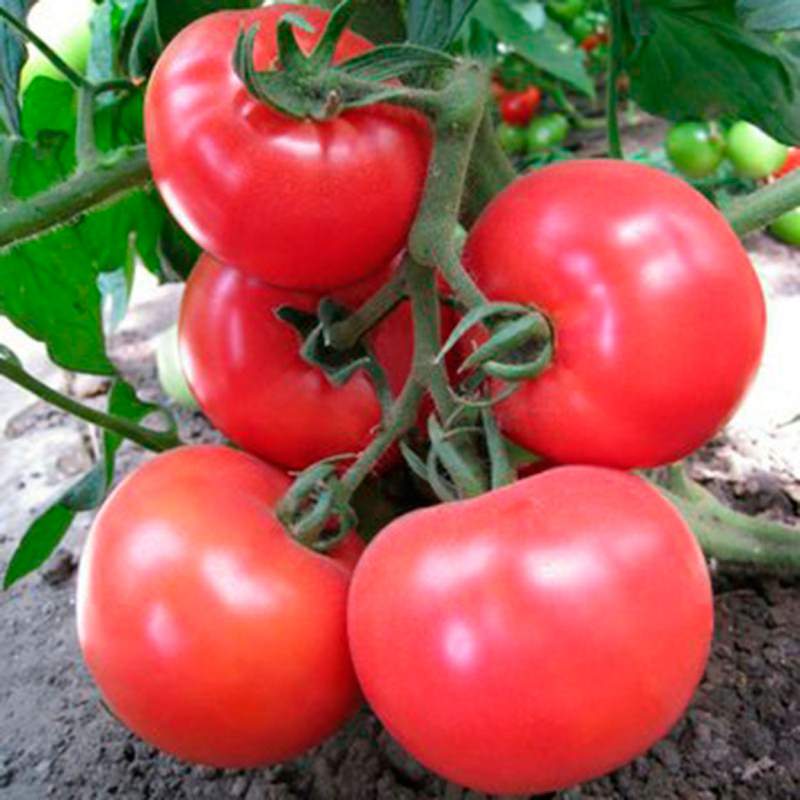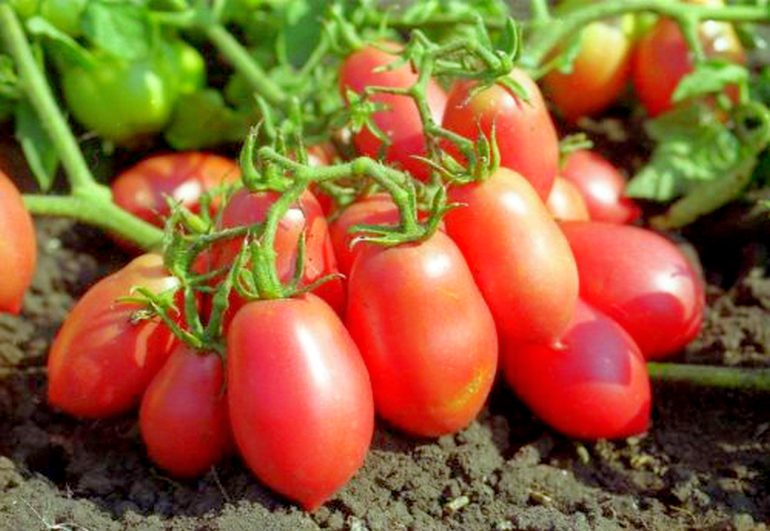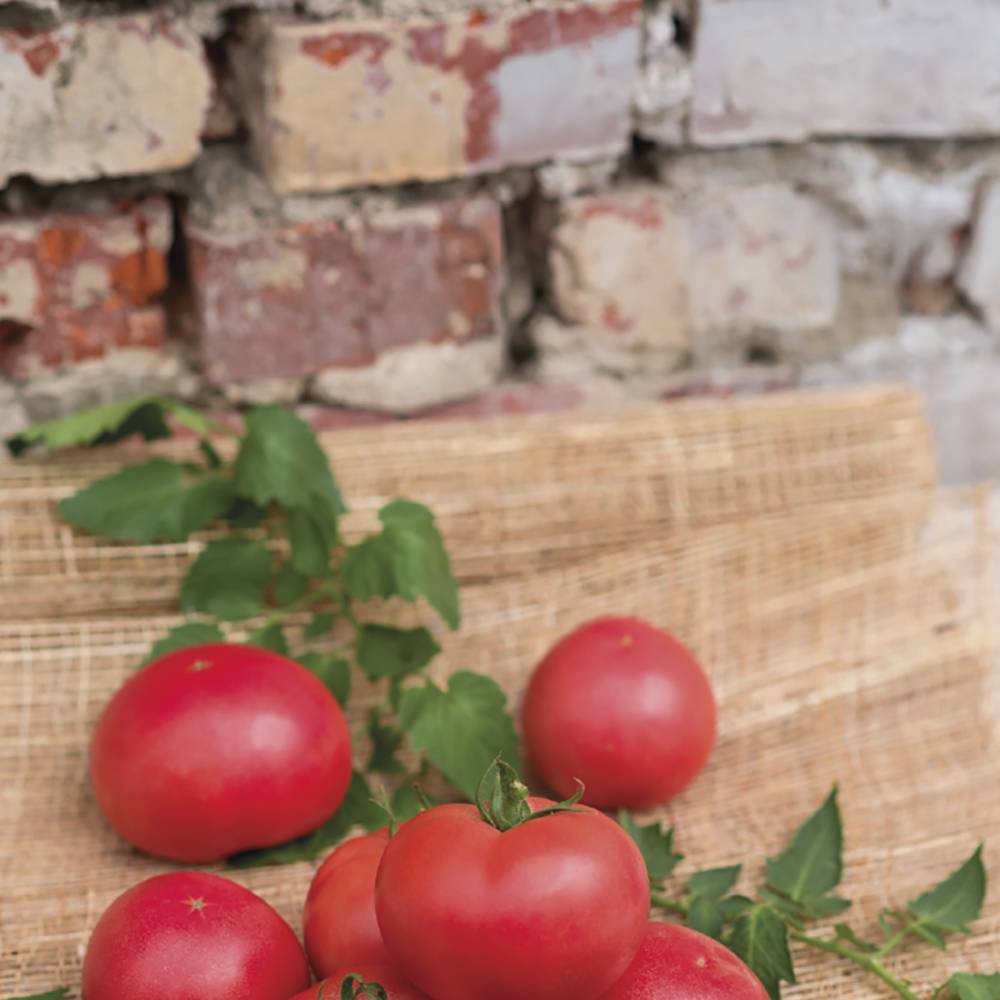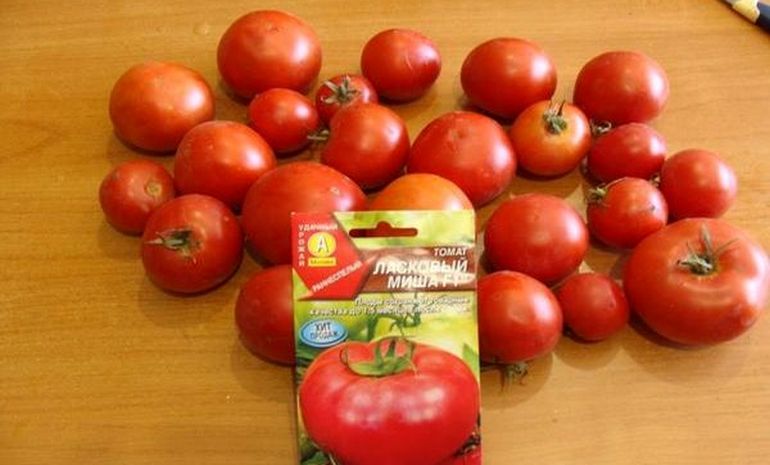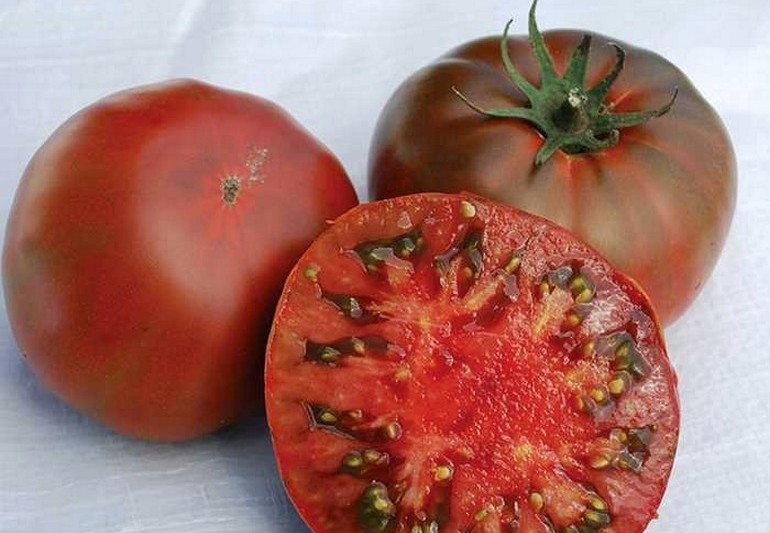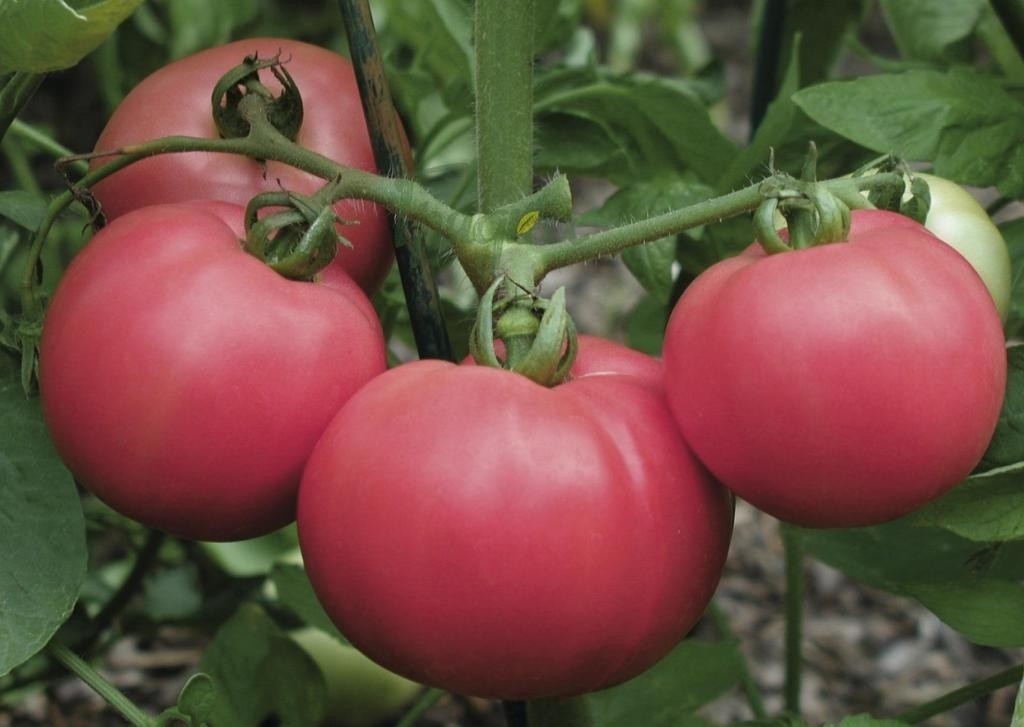Content:
The most demanding gardeners leave only positive reviews about Budenovsky tomatoes. The selection development of the Budennovsky tomato was completed at the beginning of the century, since then it has become one of the best in the Siberian collection. The patented indeterminate variety is grown both in the open field and under the film, it is distinguished by constant growth and a bountiful harvest.
Features:
High fertility and unpretentiousness of the variety makes it possible to apply its cultivation in any climatic conditions:
- in an area with a temperate climate, seedlings of a Budenovts tomato are planted in open ground;
- in areas with cold weather - film cover is required.
Large-medium fruits are classified as early and medium in terms of ripening. The plant can grow indefinitely, the height of the bush reaches 4 m, it must be pinched when it grows to 160-170 cm.
The bush has a weak and thin stem, covered with a few, slightly wrinkled green leaves, of medium size. The first inflorescence is laid on the stem after 9 leaves, then repeats every 3-4 leaves. The root system is well developed, powerful roots grow up to 1.5 m.
Tomatoes of Budyonovka with characteristics and descriptions resemble the famous Bull Heart variety, and in many respects they surpass it:
- it is distinguished by good yield, bears fruit within 4 months;
- bears fruit under the film also in winter (southern Russia);
- resistance to late blight, powdery mildew, black leg;
- each bush gives more than 6 kg of tomato, and under favorable conditions, more;
- a tomato weighs from 200 g to 350 g;
- the plant is self-pollinated, contains male and female organs, insect pollination is not required;
- needs the formation of a bush, even if there are no fruits on it;
- each inflorescence produces a twig with 5-6 nests.
Tomato Budenovets got its name for the shape of the fruit:
- round, ribbed, slightly elongated configuration with an elongated conical nose resembles the headdress of the same name;
- the pulp is dense, fleshy, the structure of the pulp is like iridescent sand;
- the skin is not thinned, does not burst, is not susceptible to cracking;
- the color of a ripe fruit is red;
- the taste is rich "tomato", sweet and sour.
Growing features
Particular attention should be paid to seedlings. Strong and resilient, it can only be obtained from quality seeds. It is difficult to obtain seed material from hybrid varieties of tomatoes on their own, they have poor germination. And the selection variety of the Budenovsky tomato is suitable for this. It is successfully used for growing seedlings at home.
To do this, you should:
- choose the largest and ripe tomato;
- extract the pulp with seeds;
- pour water, leave for a week in a warm place;
- rinse the floating grains, spread on clean paper to dry;
- dried seeds are stored in a tightly sealed container until planting.
Two months before the intended planting of seedlings:
- the seeds are sorted out;
- rejected;
- soaked for 1 hour in a weak solution of potassium permanganate for disinfection.
Seeds are sown into the warmed-up ground, to a depth of 40 cm. Until the first shoots hatch, cover the seedlings with foil. When the first two leaves are formed, the seedling dives.
In open soil, seedlings are planted when a stem with 10 leaves is formed, and the first formed brush with flowers appears.
Transplanting
When planting varieties, they change the soil, Budenovka is planted where cabbage, carrots, zucchini or cucumbers previously grew.
Recommendations:
- before planting, it is necessary to fertilize the soil with humus or add 1 teaspoon of superphosphate fertilizers to each hole;
- plant the seedlings in holes with a volume of 50 cm, 2.5 cm deep;
- for 1 sq. no more than 3 plant bushes are planted per meter of land.
Further, all care will include regular watering, fertilization and treatment of the plant from pests.
Watering
The drip irrigation system has proven itself well, it reduces the development of late blight and constantly maintains the necessary soil moisture.
Reinforced watering tomato Budenovka requires:
- during flowering;
- when forming ovaries;
- during fruit formation.
The rest of the time, the plant is watered twice a week, with sufficient moisture, watering is reduced. When watering, do not allow moisture to get on the leaves; water is carefully poured under the root of the plant.
The retention of moisture in the soil is facilitated by mulching the beds. The lower leaves are cut off so that they do not come into contact with wet soil and do not rot.
Fertilizer
A varietal tomato can develop fully only if the soil contains all the components necessary for this. It would be nice to do a chemical analysis of the soil, but if this is not possible, then fertilize with the necessary minerals for this variety:
- potassium;
- phosphorus;
- superphosphate;
- urea;
Solutions prepared by folk methods fertilize the soil well:
- eggshell tincture;
- infusion of green grass with the addition of manure.
Fertilizing tomatoes includes the following steps:
- Fertilize the ground with humus with a small amount of ash;
- Three weeks after planting, they are treated with a solution of mineral fertilizers: 30 g of phosphorus, 15 g of potash, 25 g of nitrogenous diluted in 10 liters of water;
- During flowering. Dilute chicken manure or mullein 0.5 l in a bucket of water, add 20 g of potassium sulfate;
- During the formation of the ovary. Dilute wood ash 2 liters in 10 liters of water, add 10 g of boric acid;
- To accelerate ripening - 2 tbsp. tablespoons of superphosphate and 1 tbsp. tablespoons of sodium glutamanate per 10 liters of water.
Care
To increase the yield, the bush must be properly formed. To do this, apply:
- Topping. To do this, cut off the top of the stem with shears, leaving 2 leaves above the last ovary;
- Stealing. Lateral shoots that form in the leaf axils are manually removed;
- Pollination. For better yields, help a self-pollinated plant with air currents and by shaking the flowering bush.
These methods will improve the flavor, weight of the tomato and significantly increase the fruiting rate.
Advantages and disadvantages
A review of reviews on the Internet and a survey of experts indicate that Budenovka tomatoes enjoy well-deserved prestige among gardeners and do not have any flaws.
The advantages of this variety are high yields for several months and excellent taste.
An early ripe vegetable deserves attention and occupies a worthy place among the best hybrid varieties.
